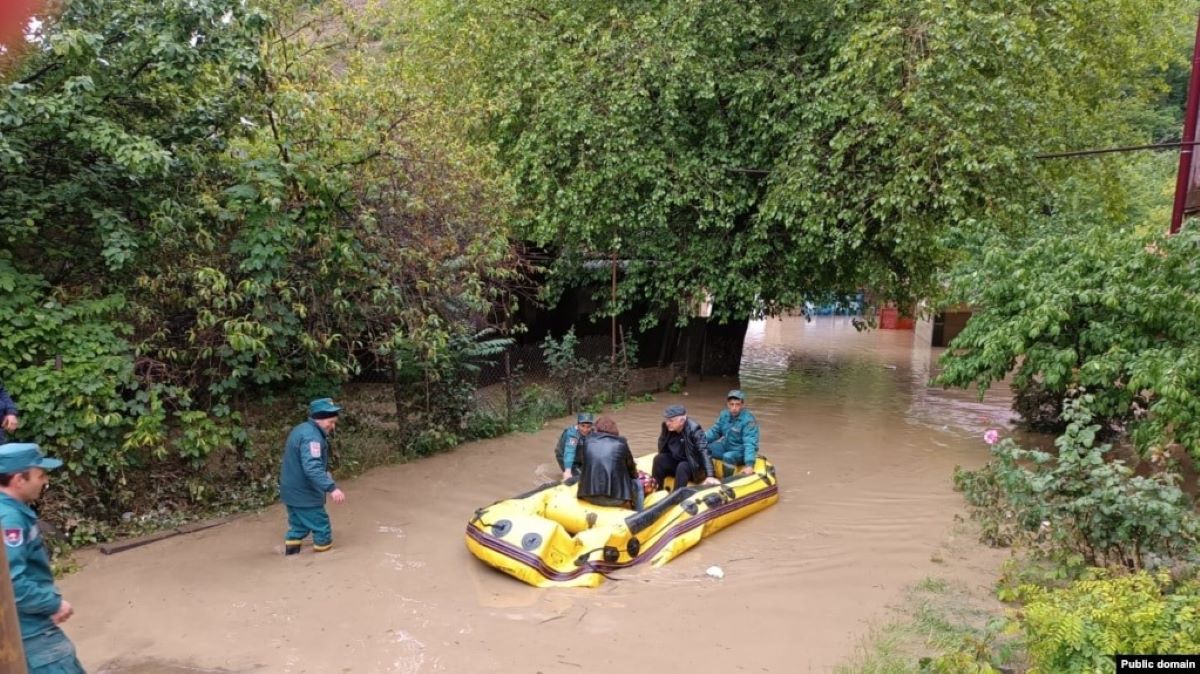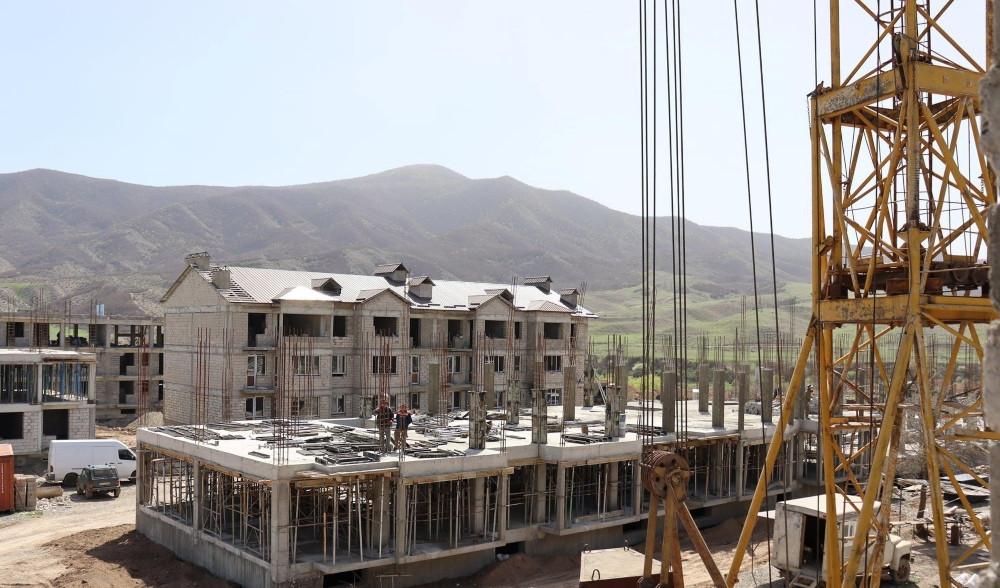39 settlements in Armenia declared disaster zones
Disaster zones in Armenia
The Armenian government has declared six communities in the Lori region and three communities in the Tavush region as disaster zones. These communities encompass 39 settlements that have been affected by the flooding of the Debed and Aghstev rivers.
Relevant state agencies are assessing the damage caused to local residents by the flooding. Minister of Territorial Administration and Infrastructure Gnel Sanosyan reported that 300 million drams (approximately $800,000) have been allocated to address urgent issues.
“But this amount will still increase, and it is too early to speak about the total expenses. We’re talking about billions of drams,” said the minister.
On May 26, heavy rains caused the rivers to overflow, leading to devastating flooding in the Tavush and Lori regions. The Rescue Service evacuated 429 people. Some have moved in with relatives, while others have been placed in hotels. Four people died, bridges collapsed, roads and houses were destroyed, and local residents suffered enormous material losses.
- “Appointing the archbishop as Armenia’s prime minister is the wrong path” – Opinion
- “Border guards on the border with Azerbaijan: A component of security, not a guarantee” – Opinion
- “Two CSTO countries were involved in preparing Azerbaijan for war against us” – Pashinyan
Several settlements surrounded by water and cut off from the rest
Aren Mkrtchyan, a deputy from the ruling “Civil Contract” faction, reports that the collapse of the Akhtala bridge has disrupted connections to the settlements of Akhtala, Shamlugh, Mets Ayrum, Chochka, Pokr Ayrum, Bendik, and Karkop, where around 5,500 people live.
“To restore access to these settlements, a 7 km dirt road from Alaverdi, via Madan, to Shamlugh is being rapidly constructed (both the main and alternative bridges have collapsed),” the deputy stated on his Facebook page.
He assured that heavy machinery is working even at night, and there are no food supply issues in the isolated settlements. Food and essential items are being delivered to residents by all-terrain vehicles and trucks.
Aren Mkrtchyan also reported that access has been restored to five settlements that were blocked due to collapses on the M6 highway. These include the villages of Shokh, Teghut, Neghots, Haghpat, and Tsaghkashat, where approximately 5,200 people live.
Damage in the disaster zone
In the Lori and Tavush regions, an emergency management headquarters is operating, headed by Minister of Territorial Administration and Infrastructure Gnel Sanosyan. During a remote meeting, he presented the following data to the prime minister regarding the destruction in the disaster zone:
- Significant damage was recorded in five areas: in Alaverdi, in Tashir, on the stretches from Alaverdi to Ayrum, from Ayrum to Bagratashen, and from Dilijan to Ijevan.
- The South Caucasus Railway was severely damaged, leading to a temporary suspension of rail service between Armenia and Georgia.
- The interstate M6 highway suffered extremely severe damage, with complete or partial destruction in about 8-9 sections, and significant damage was observed in five sections of the interstate M4 highway.
Seventeen bridges, water pipelines, power lines, gas pipelines, and other infrastructure objects were damaged. - Several settlements were left without power, with around 3,500 residents still without electricity, and some settlements experiencing gas supply issues.
- Residential houses and other buildings collapsed.
Current situation in the disaster zone
Minister of Territorial Administration and Infrastructure Gnel Sanosyan reported that the headquarters is ensuring residents have access to food and necessary goods, and is working on the restoration of railways, roads, bridges, power lines, and gas pipelines. Simultaneously, damage assessments are being conducted.
“At the Ayrum station, we are discussing with specialists the possibility of using the bridge temporarily for light vehicles,” said Gnel Sanosyan.
He noted that on May 28, the water level in the Debed River decreased by another 35 centimeters, which facilitates the organization of recovery efforts.
Heavy rainfall not expected in the near future
According to Gagik Surenyan, Deputy Director of the Hydrometeorology Center, “no heavy rainfall or floods are expected in the coming days.” The cyclone that hit the region has started to weaken, and the amount of precipitation in the Lori and Tavush regions has decreased by 4-5 times.
“We do not expect cyclone activity in the next 5 days. There will be some rain, but it will not significantly affect river water levels. There is no risk of rivers overflowing,” he said.
Surenyan noted that May is typically the rainiest month of the year in Armenia; however, this year’s cyclone brought an unusual intensity of rainfall to these areas. He reminded that Yerevan also experienced heavy rains in May, with some parts of the city being flooded.
On May 25-26, the Lori and Tavush regions received as much rainfall as Yerevan usually gets throughout the entire month of May, according to the specialist.





















